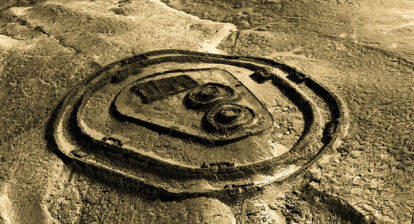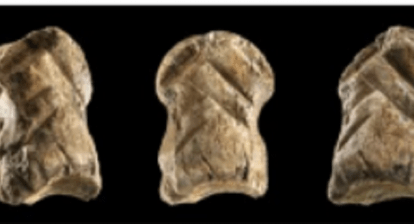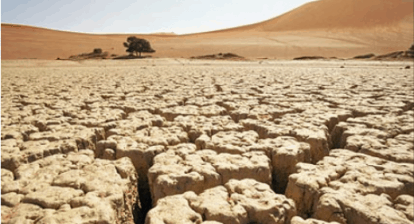Video on Kot Diji an old Fort in Pakistan
I hope you enjoy the show. You can subscribe to the You Tube Channel for more on science, history and nature. Please do check out the website and follow on social media Twitter // Instagram // Facebook // Reddit // Tiktok and check out the audio podcast on Apple Podcasts // Stitcher // TuneIn // Spotify
Blogpost/Transcript
As forts go, the one we are going to talk about is relatively unknown. It doesn’t have the stature or the presence of other forts that have been built all across the world, over the ages. But it is no less awe inspiring.
Kot Diji Fort can be found 25 km south of Khairpur in the little town of Kot Diji in Sindh province, Pakistan. To get to it, one has to drive through crowded towns and on meandering roads, right at the edge of the Thar dessert. It suddenly emerges out of a stone rubble hill, after you turn a corner on a narrow road and you are faced with this huge wall that hardly seems to fit in the narrow passage, where the main entrance is. When you look around you can sense how the town has slowly encroached upon the area, so that the buildings are now almost up to its walls.
(Check out my photoblog on Mohen Jo Daro and my photoblog on the Great Wall of Pakistan known as Rannikot)
The access into the fort is through a large wooden gate called the Shahi Darwaza with iron spikes embedded into it and it is said that this is what made it elephant proof.
Many flights of stairs and inclined pathways take one through its various levels. You are transported to the 18 century when the founder of the Talpur Kingdom of Upper Sindh, Mir Suhrab is said to have built it. Accepted history suggests that Mir Suhrab Khan reigned from 1783 – 1830 AD and built Kot Diji or Ahmadabad fort as it was then known in 1790 AD, in addition to two others.
Along the climb, you can see the village through windows carved out of the thick stone walls, which pay testament to how difficult it would be for anyone to breach them. You could just imagine the soldiers being able to spot enemy armies from miles away. Today the windows show vistas of the crowded Kot Diji town for miles.
Not much else is known about the fort because no excavation or research has been done since the 1950s. It does have what seem to be different living quarters for the various categories of soldiers. At the top of the three overlapping levels there is a huge well, which brought water from Mirwah Canal, built specifically to provide water to the fort, so that there was plenty at times of enemy attacks and sieges.
The limestone hill over which the fort is built rises 110 feet, already providing much needed protection from enemy forces. On top of that its walls rise 30 feet, with 50 bastions, atop which cannons would have been placed. There are also countless musket holes in the walls, in order to fire at enemies from all directions.
The outer perimeter wall is 1.8 km long and follows the crescent shape of the hill on which it is built. The fort is made out of locally accessible kiln bricks. It also houses a prison, a place to hold court, as well as the Mir’s harem.
The top level has a what looks like the main tower, which gives a 360 degree view of the whole area. A fantastic way to spot your enemies.
Notions of war aside, the view from the top is splendid in itself, allowing you to gaze over the whole Kot Diji area. Any trip to Sindh would be incomplete without seeing the fort. Unfortunately, since the 1950s, it has been neglected and fallen into extensive disrepair. The limestone plaster has disappeared and the bricks are now completely exposed to the elements.
But the fort is not all there is to Kot Diji. If you are not well versed in local archaeological history, you would not be able to tell that the whole area is itself an ancient site occupied from 3300 BC, located near an ancient flood channel of the Indus River and adjacent to the modern town of Kot Diji. This ancient site consists of a stone rubble wall surrounding a citadel and residences, which were also last excavated in the 1950s. The time period starting from 3300 BC suggests that it belonged to the early Harappan period. The site was probably occupied till the mature Harappan period (between 2600 BC to 1750 BC) and artifacts found in the area show a unique Kot Dijian style. But that’s all we know and we can only hope that just like the Harappan areas (check out my blog on Harappans), Kot Diji would also be excavated and researched further, so that we can also know more about it.
All images Copyright © 2019 www.360onhistory.com
Music: Moonrise by Chad Crouch – Instrumental from Free Music Archive.
The selected Optin Cat form doesn't exist.[donate-with-info]






